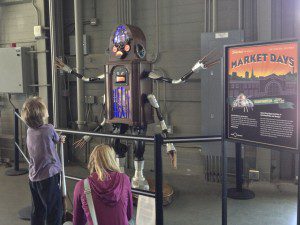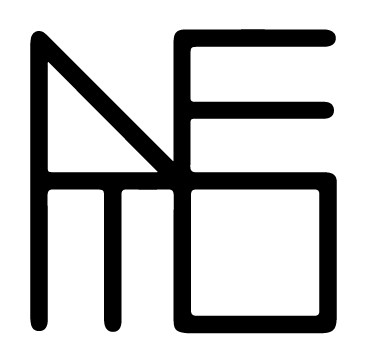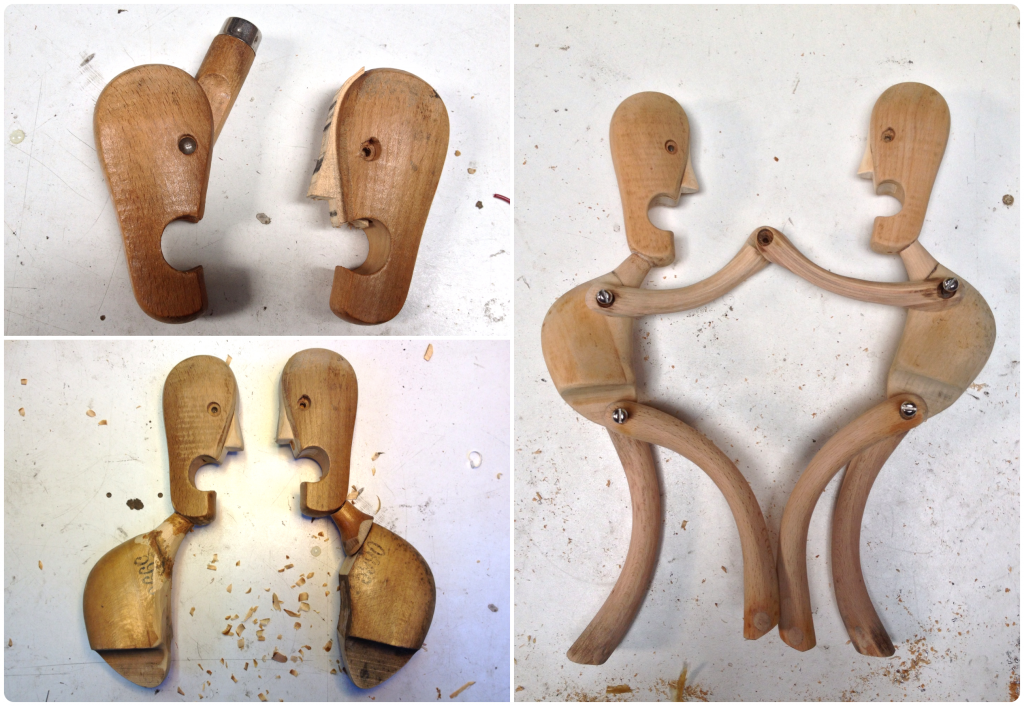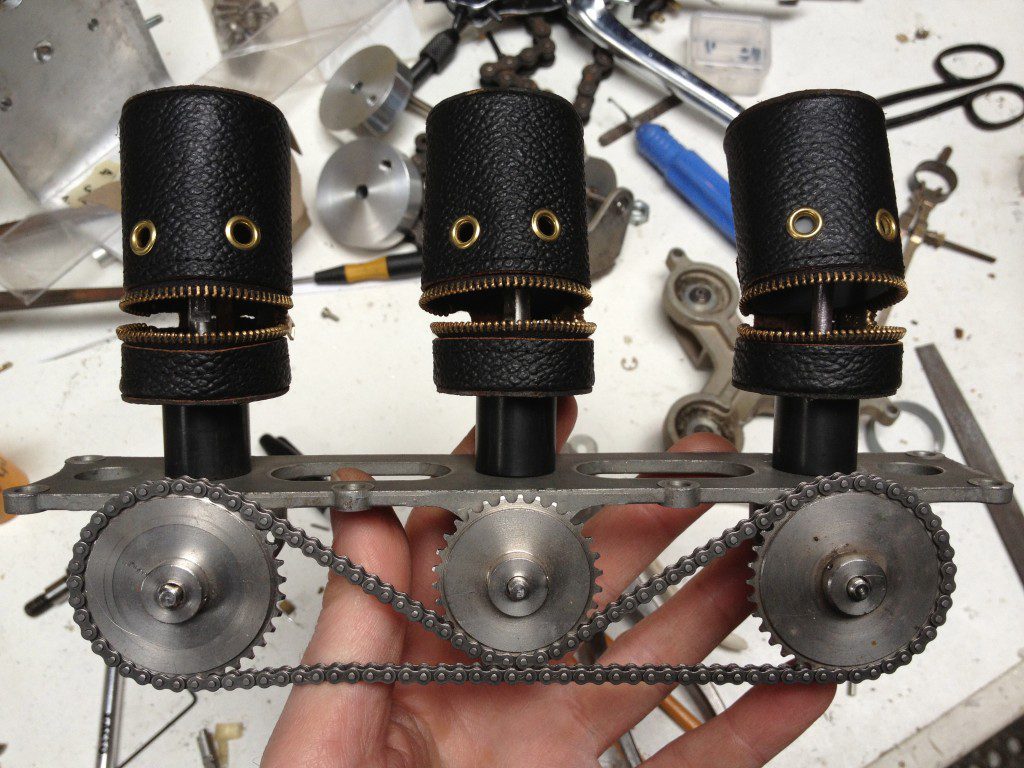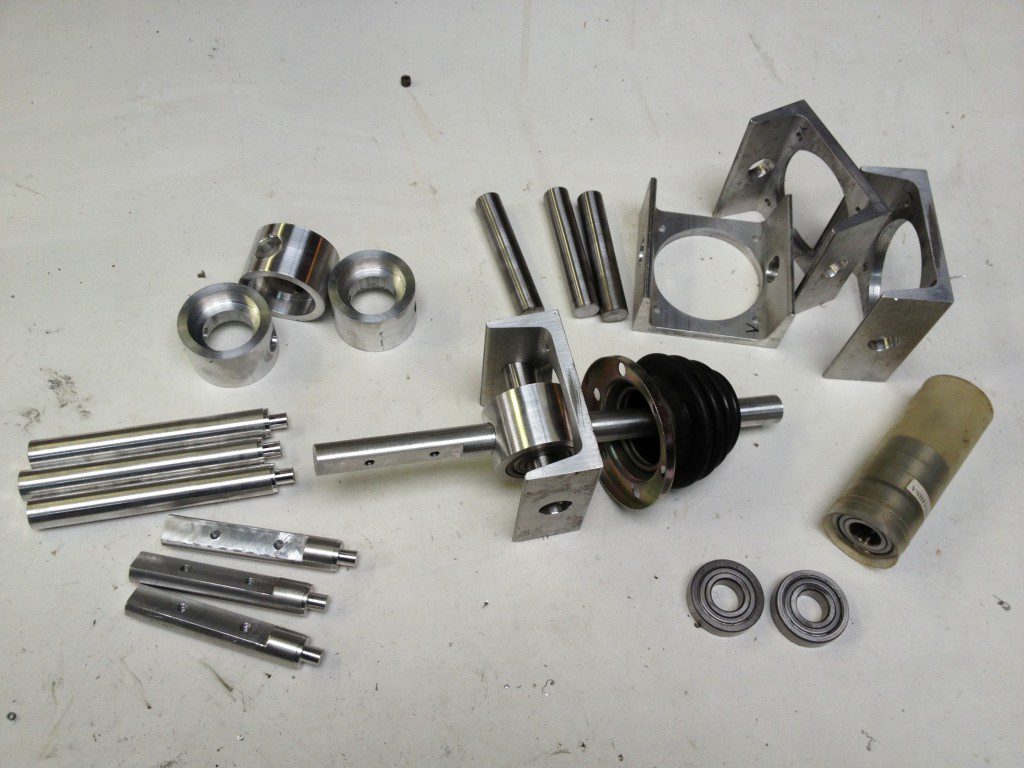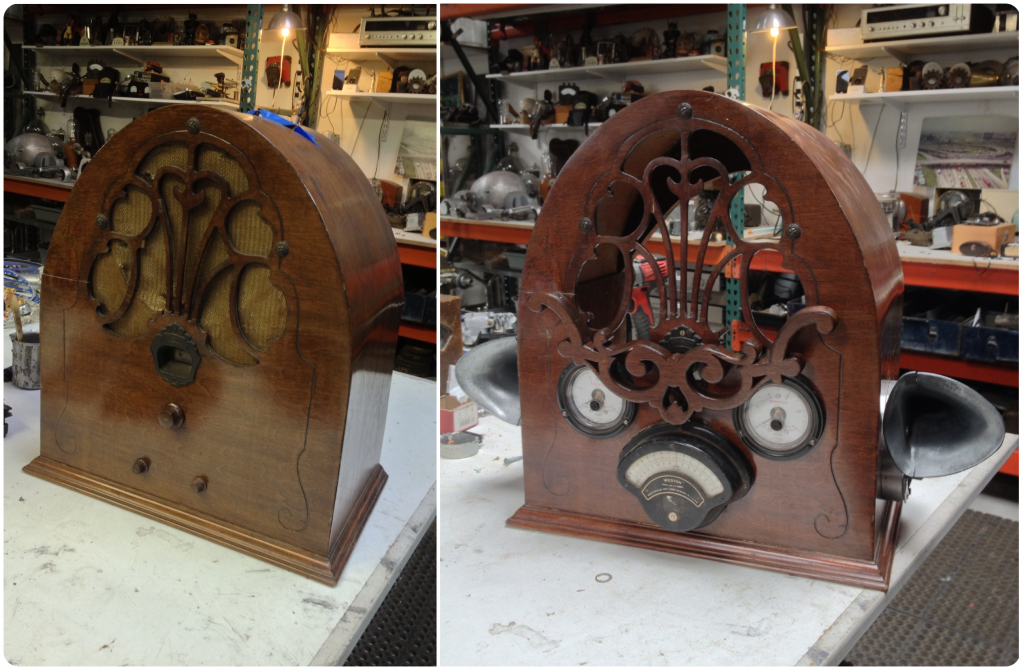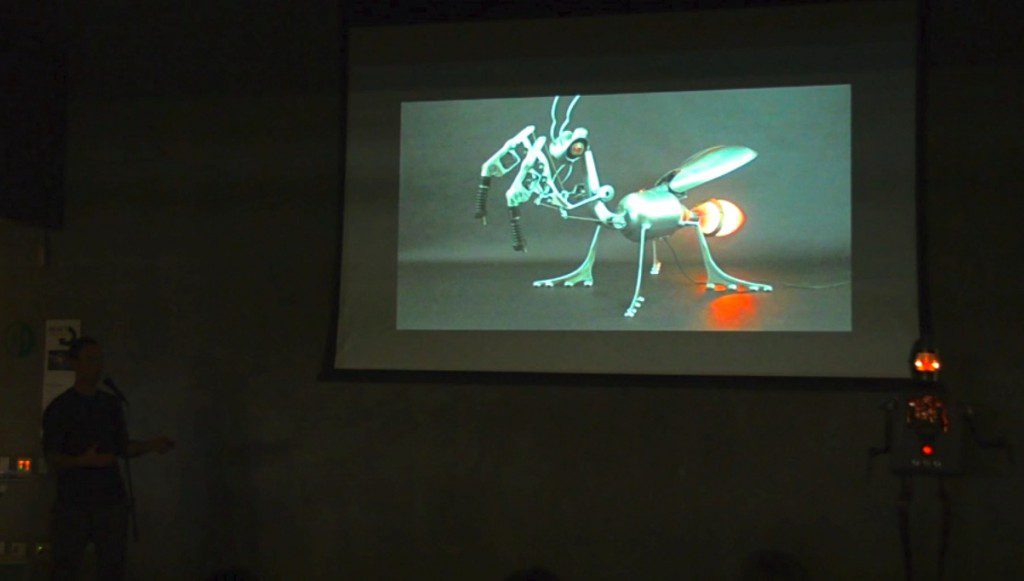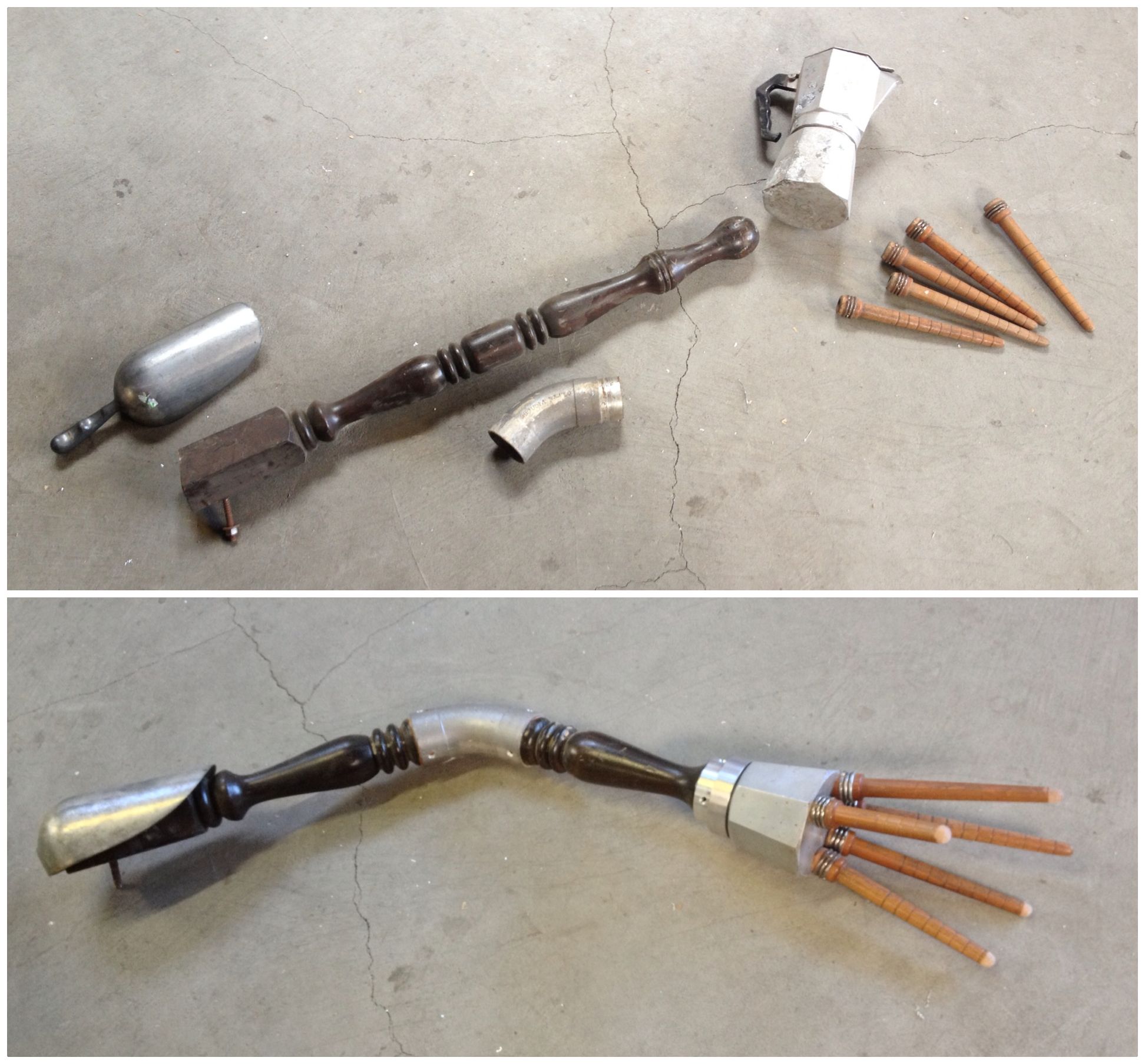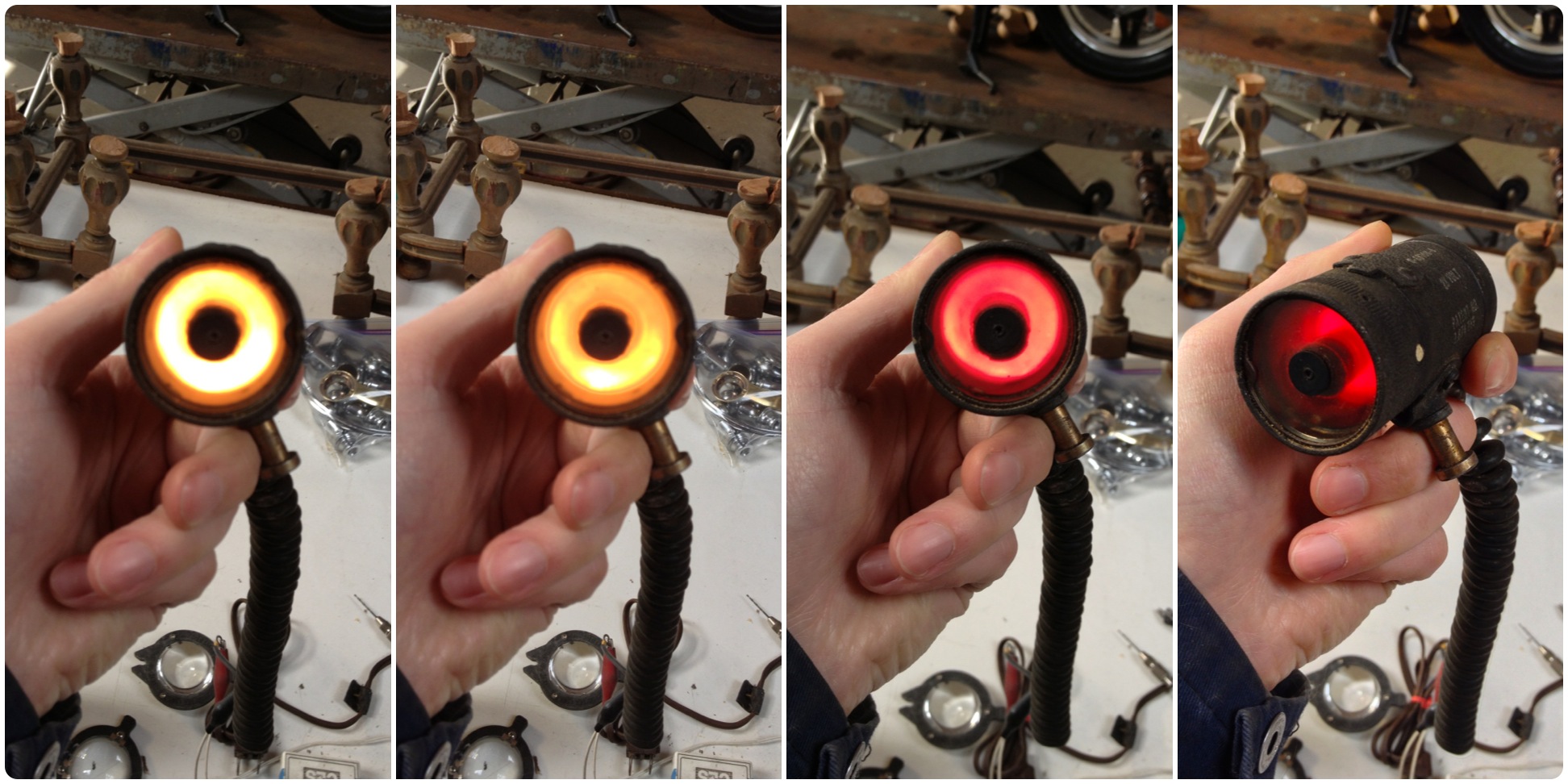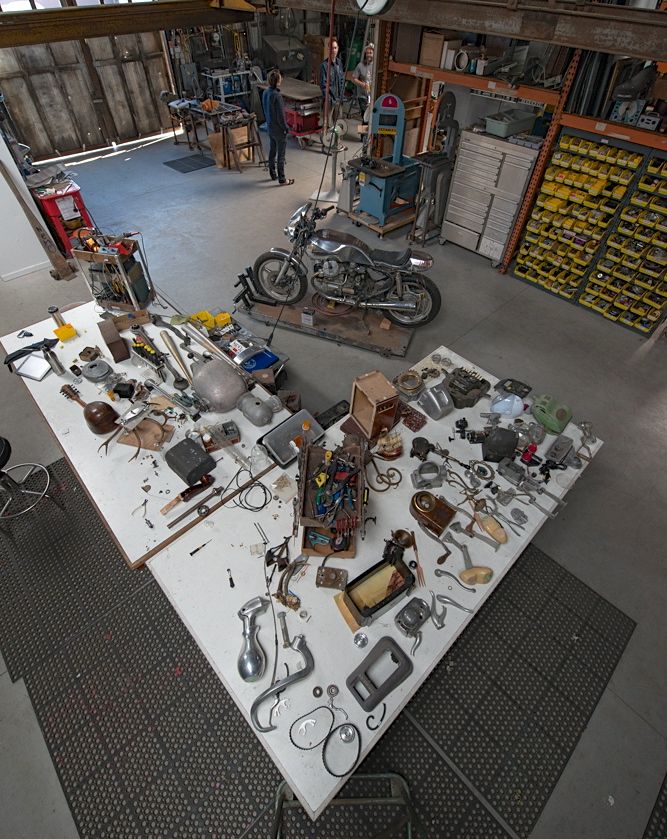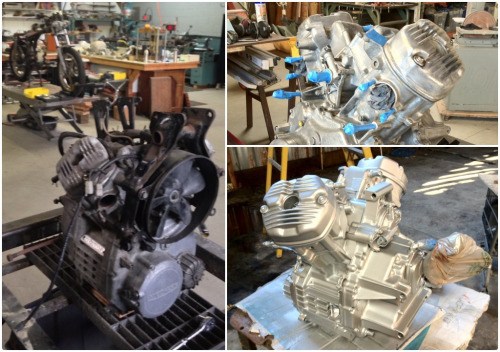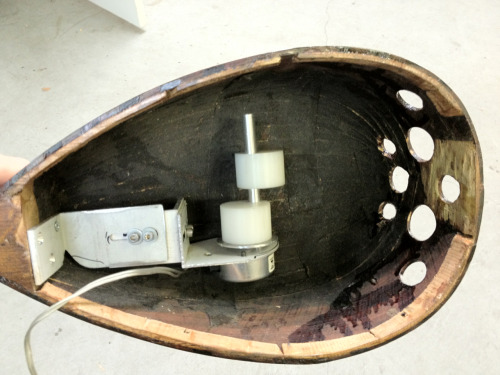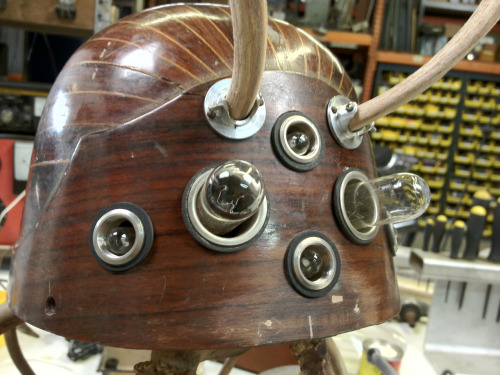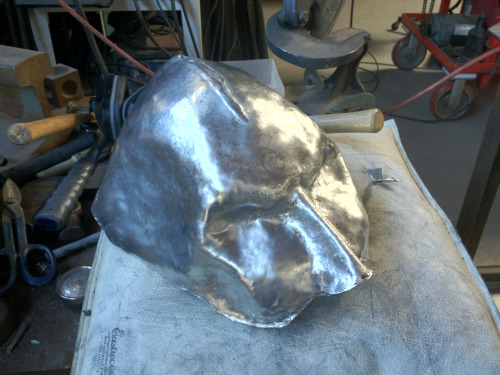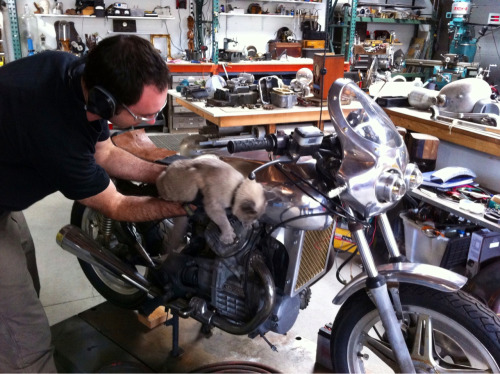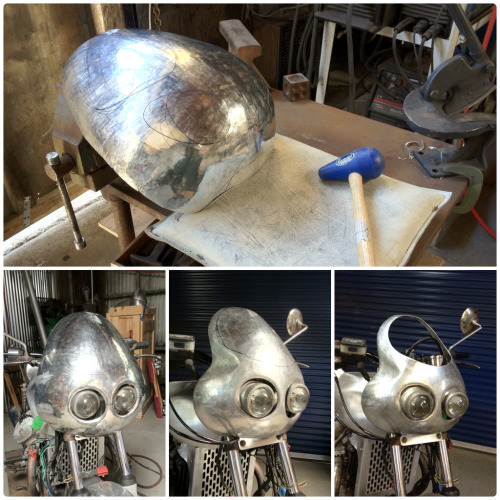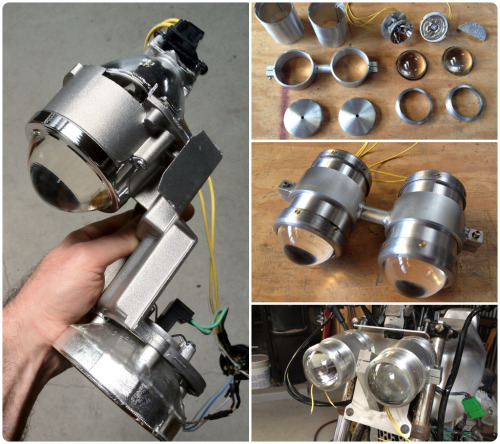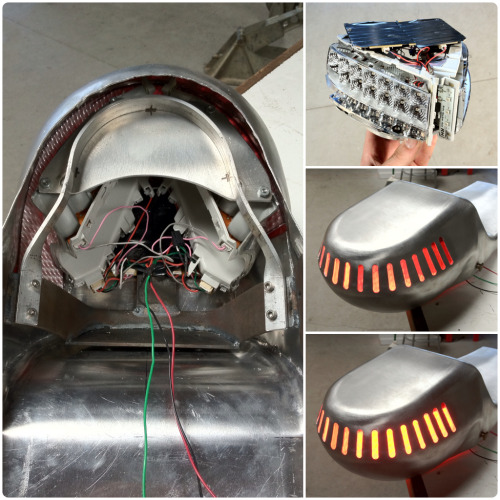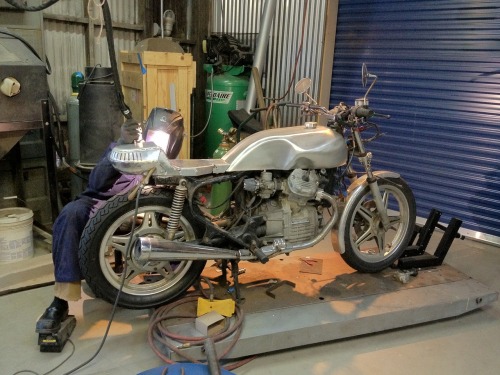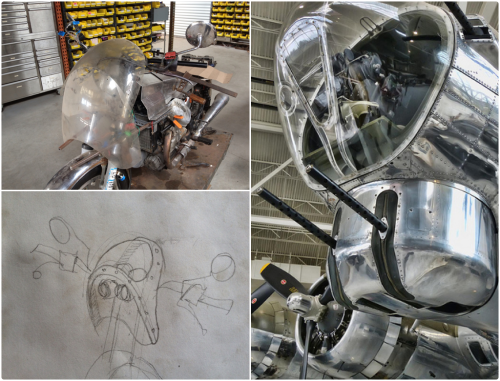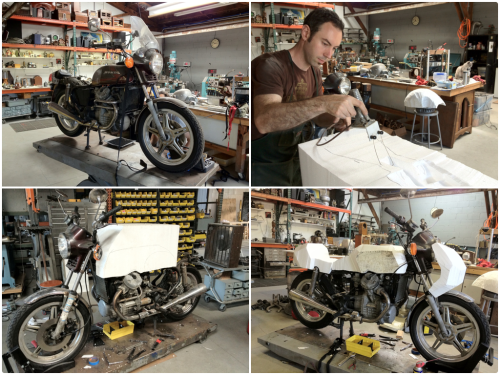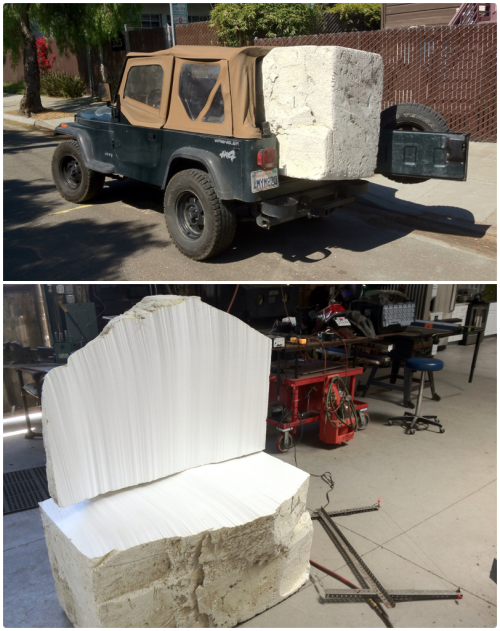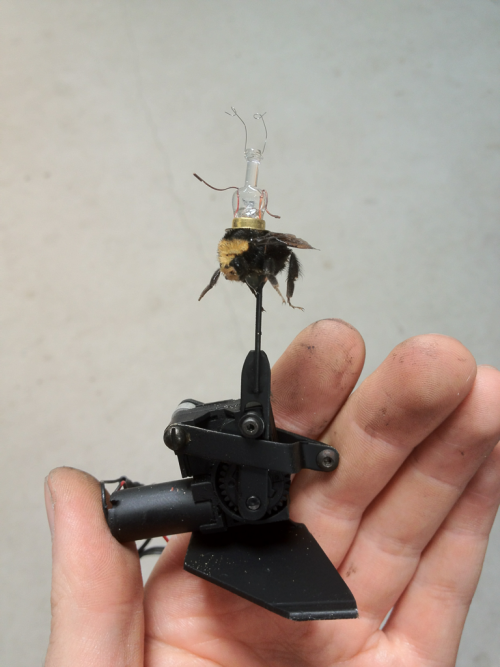Posted at 20:14h
in
Process
by Nemo Gould
A short while ago I briefly installed my latest piece “Armed and Dangerous” at the Exploratorium in San Francisco. This can be a very crowded place, and the majority of visitors tend to be young people. These young people happen to be the best stress-testers available for work like mine. A big robot with buttons and gauges can sometimes produce mania in kids and this time was no exception. Their enthusiasm quickly revealed several flaws in my design.
The first issue I noticed was that too much heat was building up inside the sculpture. I had never run it so constantly before. The solution was to add cooling fans and air intakes in the head and torso.
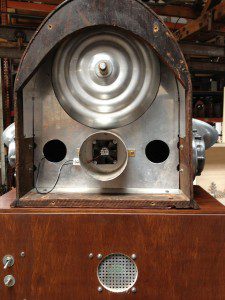
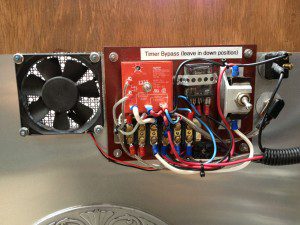
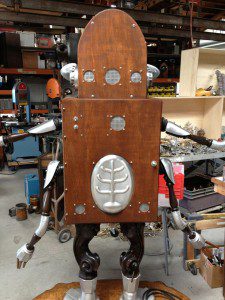
The second issue was an attention span one. The piece is designed to be in “stand by” mode while the mercury switch mechanism in its head goes through its revolutions. This way the arms only move for a few seconds out of every minute. Most children couldn’t bear waiting and just pounded on the start button until it burned out. Lesson learned, there is now a toggle switch inside that allows me to over ride the secondary timer so that the arms move as soon as the button is pressed. I prefer the piece in its original state, but part of working with the public is making compromises with them.
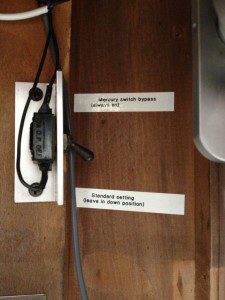
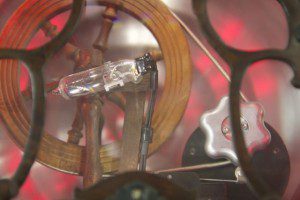
Another problem was that the motors driving the upper arms began to struggle after the first day. I had made an error in assuming that since all of the arms were the same weight, they would need the same force to move them. In fact, since the upper arms project further from the body they need considerably more. I replaced these motors with new ones, increased the tension on the damping springs, and added brass counter weights to the inside. They now require nearly the same energy to move as the lower ones.
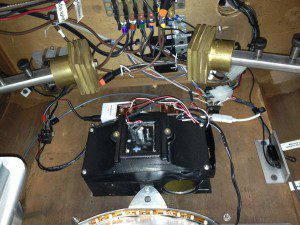
So essentially the piece looks the same as it did before, but is now considerably more robust and up to the challenges presented by heavy use, and enthusiastic children. Each new piece reveals its quirks the first time out of the studio and I’m always grateful for the opportunity this provides me with to further hone my craft.
